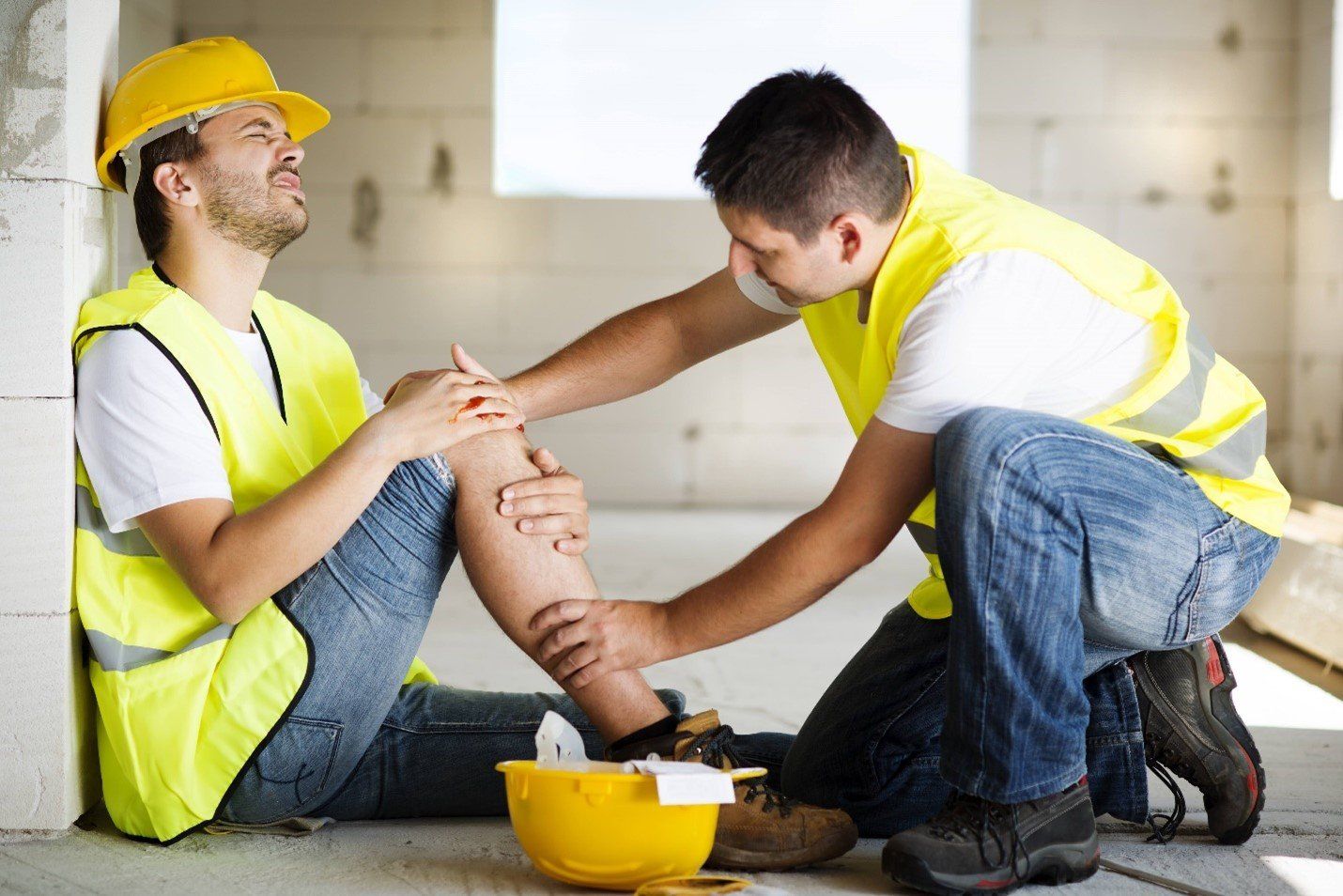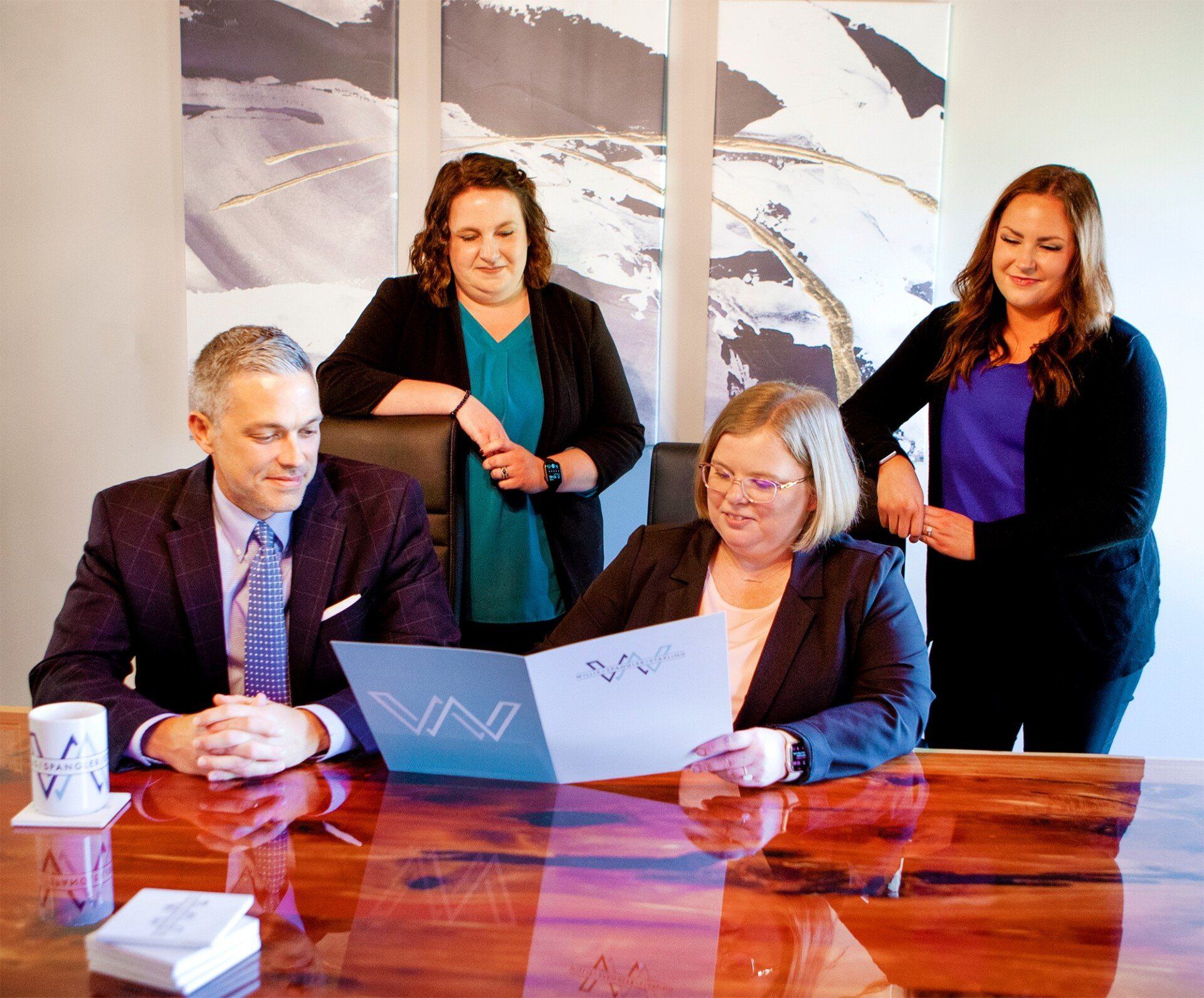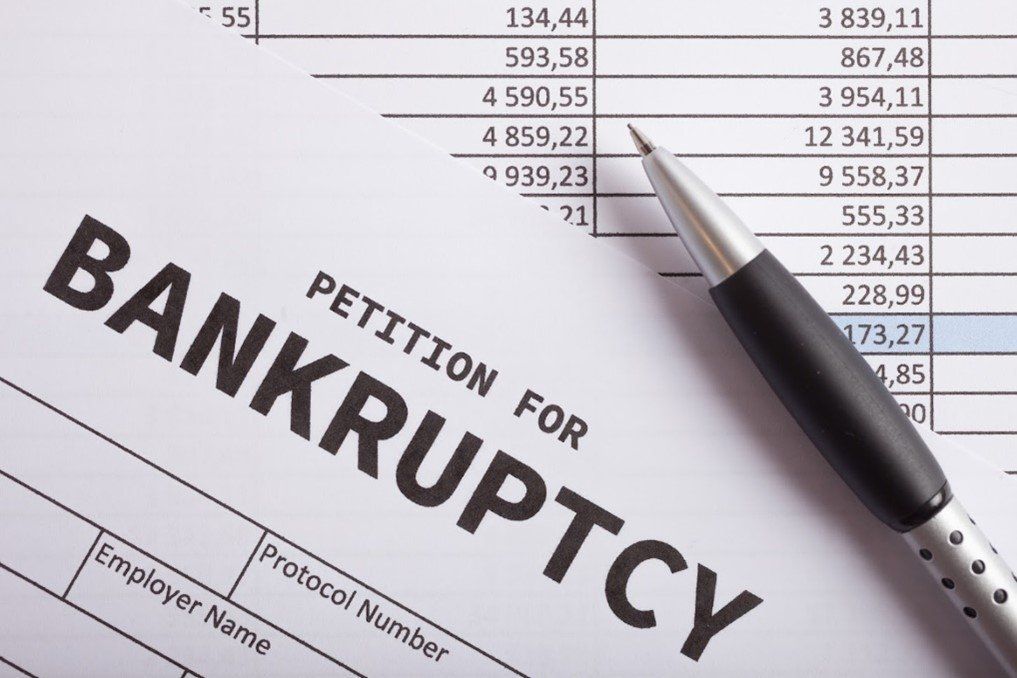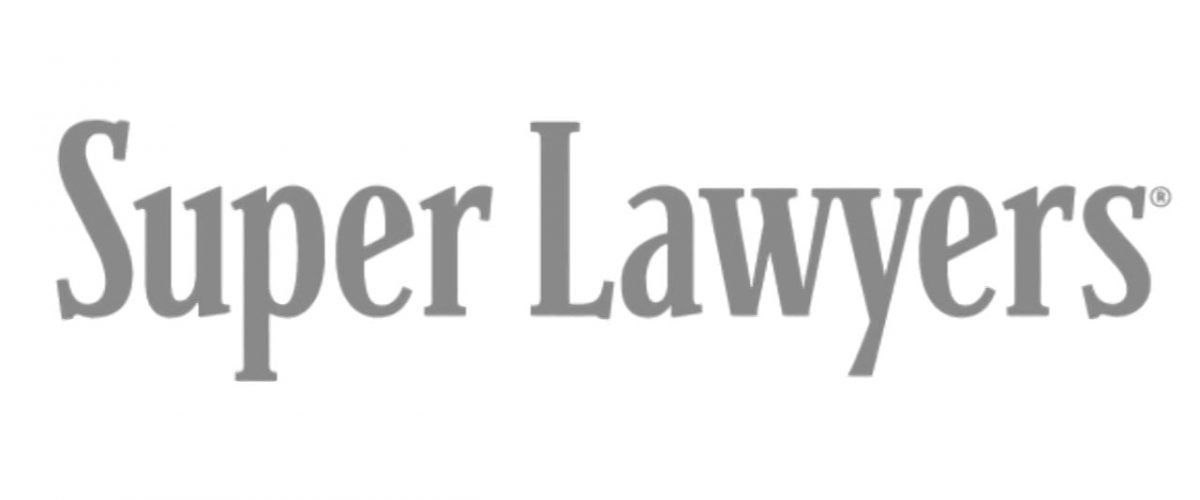
Workers’ compensation is typically the only source of compensation for workers who suffer injuries on the job. However, there are cases in which you can file a personal injury claim instead of a workers’ compensation claim. Some injuries are even eligible for both personal injury and workers’ compensation claims. Below are examples of workplace injuries that qualify for both claims.
Product Liability
A product liability claim arises if a defective product causes you injury. The main categories of product liability claims are design, manufacturing, and marketing defects. For example, a nail gun manufacturer creates a manufacturing design. If they fail to insulate their nail guns, and the gun electrocutes you.
You can file a worker's compensation claim with your employer's insurance carrier in such a case. You can also file a product liability claim against the nail gun manufacturer.
Premises Liability
Premises liability claims arise from injuries on another person’s premises due to existing defects. Examples of defects that can trigger premises liability claims include:
- Structural defects, such as weak stair railings
- Unsafe conditions, such as oil or water spills that make the floor slippery
- The presence of dangerous persons, such as criminals, on a property
Consider a case in which you trip and fall on uneven stairs while going to inspect a client's electrical system. You can file a worker's compensation claim since you were on the clock. At the same time, you can file a premises liability claim against the premises owner or occupier.
Auto Accident With a Third Party
The usual way to get compensation for an auto accident is to file a claim against the liable party. In such cases, the common liable parties include other motorists, road designers, road maintenance contractors, parents of minor drivers, and employers of liable drivers.
However, you can also file a worker's compensation claim if the accident occurs at work. For example, you can file a worker's compensation claim if:
- You are a professional driver, and you were at work at the accident time
- You are a delivery driver for your employer
- You were running an errand for your employer at the accident time
In such cases, you can prove that your auto accident is work-related if you were on the clock and doing something that benefits your employer during the accident.
Subcontractor Liability
Many construction sites involve multiple workers from different companies. For example, a building site may feature electrical, plumbing, and masonry subcontractors, all with workers under them. In such a case, a subcontractor or one of their workers’ negligence might cause you an accident.
Consider a case in which an intoxicated roofer lets a hammer slip out of their hands and it hits you on the head. You could file a worker's compensation claim if you were also working on the same job site under a different subcontractor. You can also file a personal injury claim against the roofer since their negligence caused the injury.
Intentional Acts by Coworkers
Workers’ compensation is the sole compensation source for cases in which a coworker accidentally causes you injury. Consider a case in which a coworker forgets to put their equipment away after work, and you trip and fall on the equipment. Your compensation should come from workers’ compensation insurance.
However, workers’ compensation is not the sole remedy for intentional injuries by coworkers. Say you suffer assault and battery by a coworker while at work. You can file both a workers’ compensation and a personal injury claim for the injury.
Personal injury and workers’ compensation claims have their pros and cons. For example, personal injury claims include some damages, such as pain and suffering, which worker's compensation excludes. At the same time, the worker's compensation process is usually faster than the personal injury process.
Willis Spangler Starling can help you file workers’ compensation, personal injury, or both claims.
Contact us to discuss your case and identify the best way to get you the compensation you deserve. You can rely on our decades of legal experience and professionalism.











